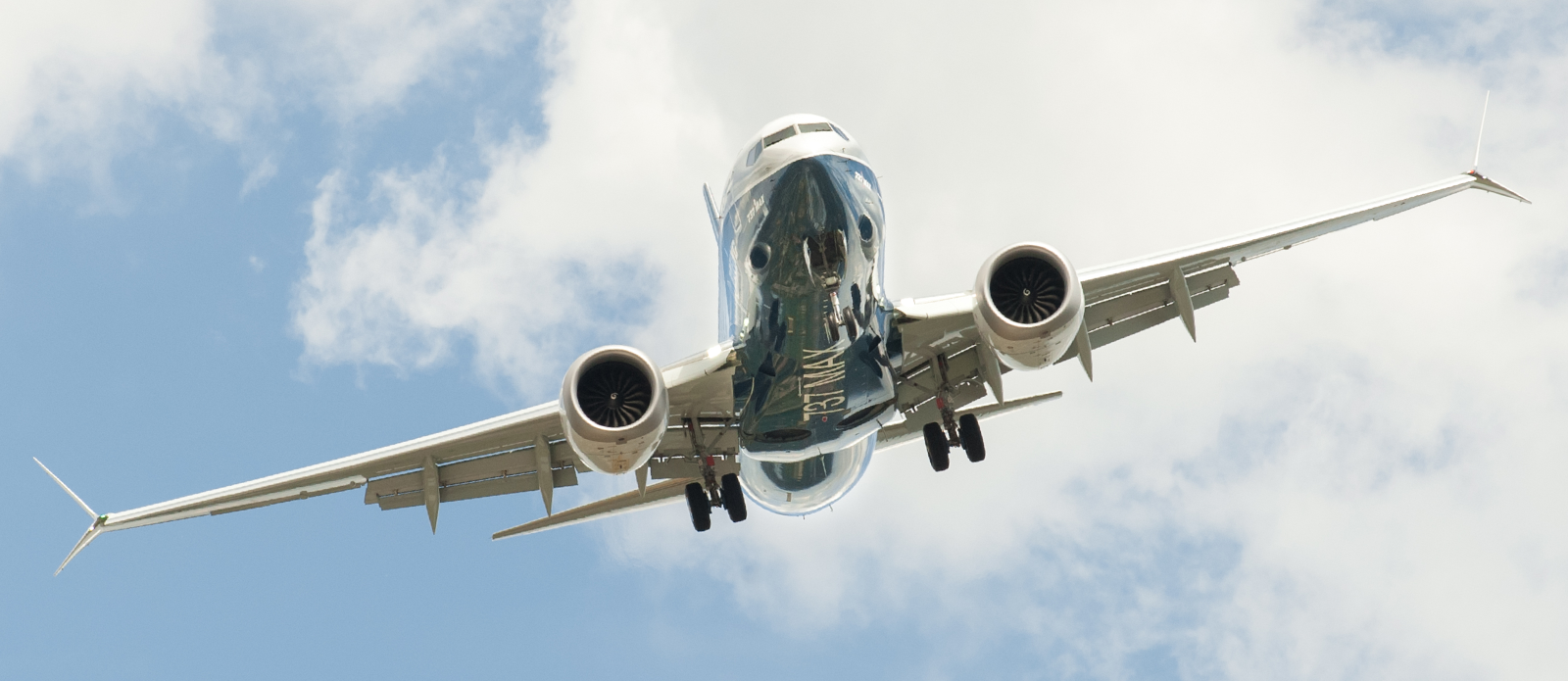
According to the Aviation Safety Network’s 2018 statistics, there was one fatal accident per 2,520,0000 flights that year. And the previous year, the Wall Street Journal reported that 2017 had been the safest in commercial airline history, with zero fatalities.
So when two air tragedies happen just five months apart, involving two of Boeing’s 737 Max 8 jet planes – a newly upgraded model – these events stand out.
The first catastrophe was Lion Air Flight 610, which crashed in a nosedive shortly after take-off from Jakarta on October 29th, 2018 killing all 189 aboard. The second accident was Ethiopian Flight 302, which plummeted similarly after take off from Addis Abada killing all 157 aboard on March 10th. These accidents are impossible to ignore from both the sad loss of lives and being something statistically out of the ordinary. Boeing’s response to these high profile accidents will likely have a lasting effect on the public's perception of both the safety of their airplanes as well as their integrity as a company.
When Modernizing a Plane Changes How It Flies
The Boeing 737 Max 8 is an upgraded 737, retrofitted with more fuel efficient, larger diameter engines. Fitting the 737 with new engines changes the plane's aerodynamics. This new Boeing 737 Max is prone to having the nose pitch upward, which can cause stalling. To counteract this, these new 737s were outfitted with the Maneuvering Characteristics Augmentation System (MCAS) that automatically makes adjustments based on the data from one sensor.
The investigations of both crashes are ongoing, but the MCAS system is being focused on as the cause, and there are questions whether pilots had the proper training to deal with its malfunction. So far Boeing has been transparent with their preliminary findings and announced that a software fix has been in the works before the crash of Ethiopian Flight 302.
How Significant Is a 14% Stock Drop in the Airline Business?
Boeing’s stock fall of 14% in the immediate aftermath is a significant number. But when a company’s product takes 346 lives, should this drop have been more severe?
To put this 14% drop into perspective, United Airlines saw its stock drop by 4% after a video of David Dao being forcibly removed from one of their flights went viral. If the bad publicity of someone being manhandled by United Airlines’ employees results in a 4% drop, a 14% drop from a company whose malfunctioning airplanes resulted in the death of passengers, seems considerably small.
But accidents loom in the public’s consciousness longer than poor customer service. Boeing’s stock keeps tumbling with each bit of new information that comes out about these crashes and has dropped a total of 11% since the Ethiopian crash.
Boeing's Future Depends on a Successful Solution
Currently, the Federal Aviation Administration (FAA) has grounded all of these Boeing 737 Air Max 8 planes. Australia, China, and European countries have also put a halt to their flights. It’s expected that none of these jets will soar through the horizons again for at least another 3 - 6 months until Boeing’s software update is finalized. On April 5th, Boeing announced that it would be temporarily decreasing the production of the Airmax 737 Max 8 by 20%. None of this news helps in boosting consumers’ or shareholders’ confidence in the company.
Closing Thoughts and Considerations
When companies unintentionally harm their customers their public perception may be tarnished for many years. How many people can drive by a Chipotle without thinking about food poisoning? Who among us has ordered coffee at McDonald’s and hasn’t paused before sipping it, thinking about that woman who was scalded by this very same product? And how long will people link Boeing jet planes to disaster?
The only chance for Boeing to recover after all of this is if they end up with an Airmax 737 Max that’s superior in safety. Because another crash, and further loss of human lives, is something that people won’t forget.
Download your complimentary Brand Manifesto Workbook today!









